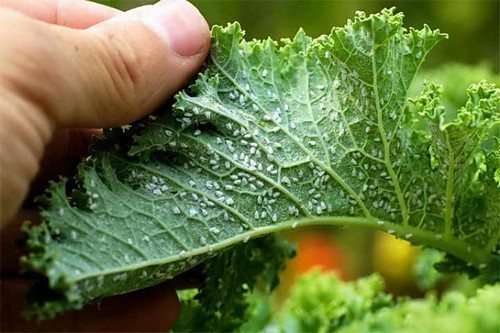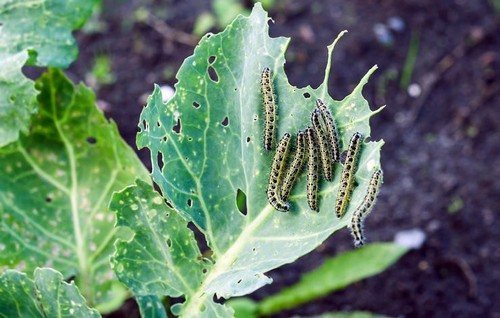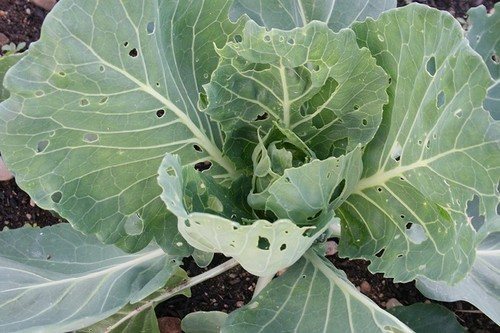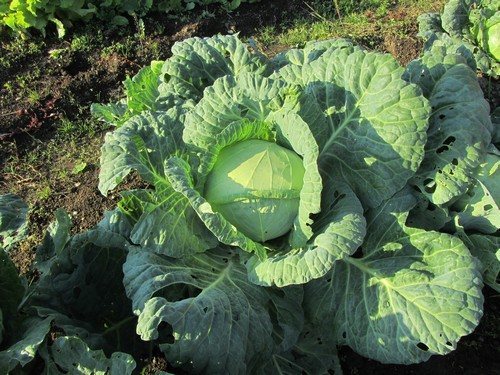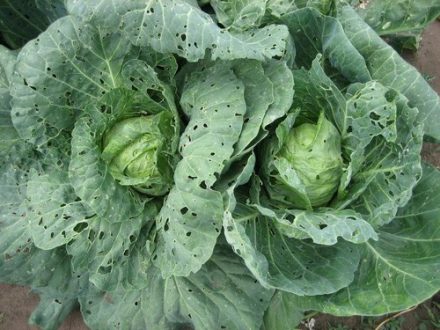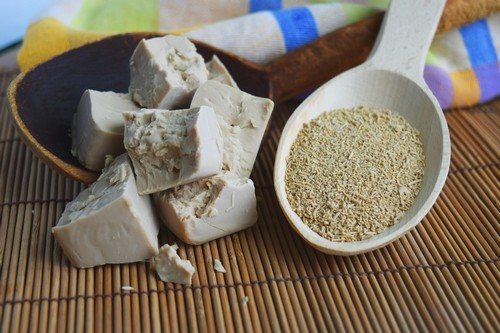Caring for cabbage is not easy. It is a treat for many garden pests. But, if you know some rules for caring for it, you can count on a good harvest.
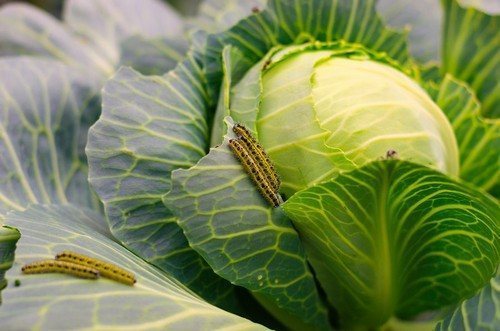
Caring for different varieties of cabbage is practically no different. How caterpillars appear on a plant is known to all vegetable growers who have at least once grown it in their garden. They appear from the eggs of the White Cabbage butterfly.
Just one Whitefish can lay about 200 eggs, from which dangerous pest caterpillars will then emerge. If you do not fight them, the crop will be completely eaten. All that will remain from the cabbage are the veins of the leaves. Our article is about how to deal with them.
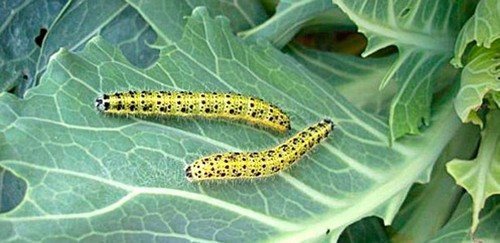
How to prevent pests?
- weed weeds in a timely manner;
- do not leave plants plucked during weeding on the beds;
- carry out regular inspection of seedlings for the presence of eggs and caterpillars of pests;
- When they first appear, collect pests mechanically.
If pests have already actively occupied your cabbage, we offer traditional methods of combating caterpillars.
Spicy-smelling plants
Plant plants with a strong spicy smell next to cabbage. Parsley, dill, cilantro, mint, sage. Along the perimeter of the beds you can plant calendula, marigold or nasturtium flowers. The smell of these plants will repel pests. At the same time, it will attract insects, enemies of cabbage pests.

Soda and red hot pepper
After planting the plant in the ground, add 1 tbsp to the dug hole.wood ash. Sprinkle baking soda mixed with red hot pepper around the planted seedlings. Ratio: 200 gr. soda for one spoon of ground red pepper. We take hot pepper. This treatment prevents butterflies from laying eggs on the leaves and near the cabbage.
Ammonia
Quite an effective method. Ammonia 2 tbsp. l. need to be diluted in a bucket of water. Spray the leaves with a solution from a watering can, after performing normal watering. Then the ground will already be wet. Do this carefully and carefully, while abundantly watering the leaves of the plant.
This treatment is also recommended for prevention. It is carried out 10 days after planting the seedlings. The next treatment is recommended no earlier than 14 days later.

Mustard and tooth powder
Sprinkle the cabbage over the leaves between treatments with ammonia and mustard powder. This method also helps get rid of other pests.
You can sprinkle the leaves with mint tooth powder. Its smell lasts a long time. It is better to dust the leaves in calm weather. Then the powder will remain on the leaves longer. Use no more than 2 tablespoons per plant. If there is heavy rain, then everything is washed off from the leaves. Therefore, it is advisable to repeat the pest control treatment.
If you have mint growing in your garden, you can spread its sprigs between the cabbage.
Important! When the cabbage forks begin to set, sprinkle with powder only along the edges of the plant. So that it doesn't fall into the middle.
Hot pepper decoction
Prepare a decoction of hot pepper. To do this, grind 1 kg of pepper and pour it into a bucket with 10 liters of boiling water.Boil. Let it sit for 2 days, strain. Use the prepared solution in the following ratio: 150 ml of solution per bucket of water.

Spraying with infusions
Spraying with infusions of onion peel or potato tops.
Infuse the onion peel for 12 hours, then spray the cabbage with it.
Infuse the potato tops at the rate of 1.5 kg of tops per bucket of water.
The infusion takes 4 days to prepare. Then, after straining, spray.
Attention! When using safe infusions from plant materials, do not exceed the ratio of proportions. Remember, this can be harmful to the plants themselves.
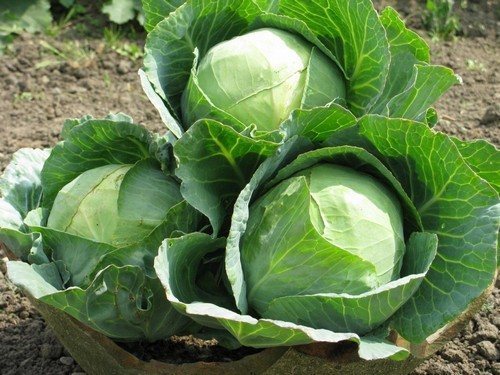
Dear vegetable growers, we will be glad if our advice helps you save the harvest from voracious caterpillars! Good harvests!


